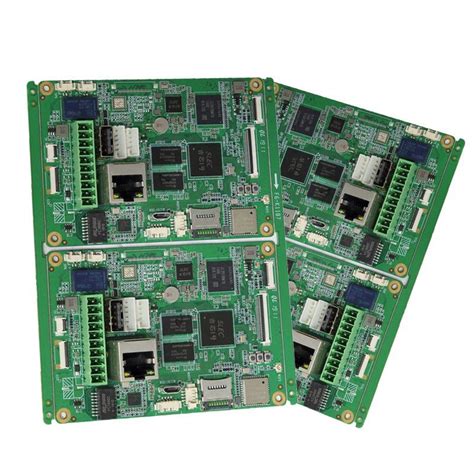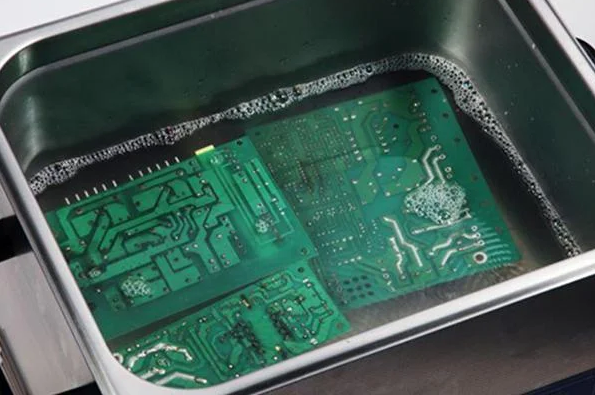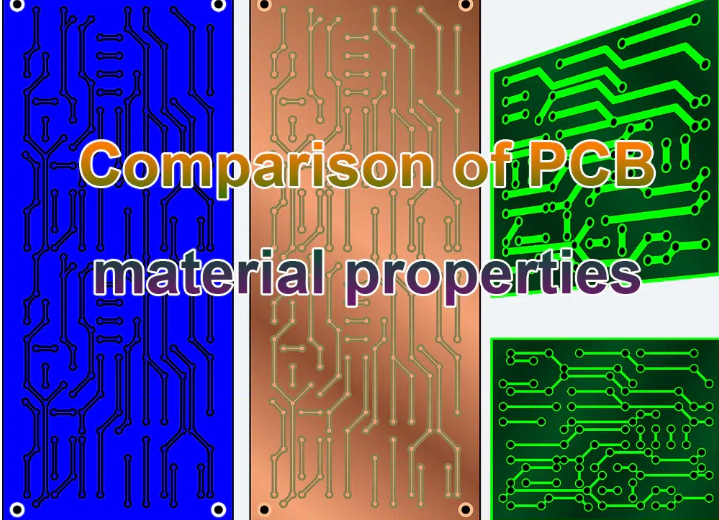Flex pcb keyboard
Advantages Of Using Flex PCB In Keyboard Design
The integration of flexible printed circuit boards (flex PCBs) in keyboard design has revolutionized the way keyboards are manufactured and utilized, offering a multitude of advantages that enhance both functionality and user experience. As technology continues to advance, the demand for more efficient, durable, and versatile components in electronic devices has led to the increased adoption of flex PCBs in various applications, including keyboards. This article explores the numerous benefits of using flex PCBs in keyboard design, highlighting their impact on performance, durability, and design flexibility.
To begin with, one of the most significant advantages of flex PCBs in keyboard design is their ability to accommodate complex and compact layouts.
Unlike traditional rigid PCBs, flex PCBs can be bent, folded, and twisted to fit into tight spaces, making them ideal for modern, slim keyboard designs. This flexibility allows designers to create more ergonomic and aesthetically pleasing keyboards without compromising on functionality. Moreover, the ability to conform to various shapes and sizes enables the integration of additional features, such as backlighting and touch-sensitive controls, which are increasingly popular in contemporary keyboard designs.
In addition to their design versatility, flex PCBs offer enhanced durability and reliability.
The materials used in flex PCBs, such as polyimide or polyester films, are known for their excellent thermal stability and resistance to environmental stressors. This makes them particularly suitable for keyboards that are subject to frequent use and potential exposure to harsh conditions. Furthermore, the inherent flexibility of these materials reduces the risk of mechanical failure due to repeated bending or flexing, which is a common issue with rigid PCBs. As a result, keyboards equipped with flex PCBs tend to have a longer lifespan and require less maintenance, ultimately leading to cost savings for both manufacturers and consumers.
Another notable advantage of using flex PCBs in keyboard design is the potential for improved electrical performance.
Flex PCBs can support high-density interconnections, allowing for more efficient signal transmission and reduced electromagnetic interference. This is particularly beneficial in keyboards that require fast and accurate response times, such as those used in gaming or professional settings. Additionally, the use of flex PCBs can lead to a reduction in the overall weight of the keyboard, contributing to a more comfortable user experience, especially for portable devices.
Moreover, the manufacturing process for flex PCBs is often more streamlined and cost-effective compared to traditional rigid PCBs.
The ability to produce complex circuits in a single layer or multiple layers without the need for additional connectors or components simplifies assembly and reduces production costs. This efficiency not only benefits manufacturers but also translates to more affordable products for consumers.
In conclusion, the use of flex PCBs in keyboard design offers a range of advantages that enhance both the functionality and appeal of modern keyboards. From their ability to accommodate innovative designs and improve durability to their potential for superior electrical performance and cost-effective manufacturing, flex PCBs represent a significant advancement in keyboard technology. As the demand for more sophisticated and reliable electronic devices continues to grow, the adoption of flex PCBs in keyboard design is likely to become increasingly prevalent, paving the way for further innovations in this essential component of our digital lives.
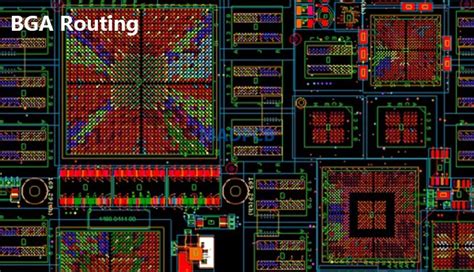
How Flex PCB Enhances Keyboard Durability And Performance
Flex PCB technology has revolutionized the design and functionality of modern keyboards, offering significant enhancements in both durability and performance. As the demand for more compact, efficient, and reliable electronic devices continues to grow, the integration of flexible printed circuit boards (PCBs) in keyboard manufacturing has emerged as a pivotal advancement. This technology not only addresses the limitations of traditional rigid PCBs but also introduces a myriad of benefits that cater to the evolving needs of consumers and industries alike.
One of the primary advantages of flex PCBs in keyboards is their remarkable durability.
Unlike rigid PCBs, which are prone to damage from mechanical stress and repeated use, flex PCBs are designed to withstand bending and flexing without compromising their structural integrity. This inherent flexibility allows keyboards to endure the constant pressure and movement associated with typing, thereby extending their lifespan. Moreover, the use of high-quality materials in flex PCBs enhances their resistance to environmental factors such as moisture and temperature fluctuations, further contributing to their longevity.
In addition to durability, flex PCBs significantly improve the performance of keyboards.
The flexible nature of these circuits allows for more efficient use of space within the keyboard, enabling the design of slimmer and more compact devices without sacrificing functionality. This is particularly beneficial in the development of portable and ergonomic keyboards, where space optimization is crucial. Furthermore, flex PCBs facilitate the integration of additional features such as backlighting and touch-sensitive controls, which enhance the user experience by providing greater functionality and customization options.
The seamless connectivity offered by flex PCBs is another factor that enhances keyboard performance.
Traditional keyboards often rely on multiple layers of rigid PCBs connected by soldered joints, which can be points of failure over time. In contrast, flex PCBs can be designed as a single continuous circuit, reducing the need for soldered connections and minimizing the risk of electrical failure. This not only improves the reliability of the keyboard but also simplifies the manufacturing process, leading to cost savings and increased production efficiency.
Moreover, the adaptability of flex PCBs allows for innovative keyboard designs that cater to specific user needs.
For instance, gaming keyboards can benefit from the rapid response times and customizable layouts made possible by flex PCB technology. Similarly, industrial and medical keyboards, which require high levels of precision and durability, can be tailored to meet stringent performance standards. This versatility ensures that flex PCBs can be utilized across a wide range of applications, making them an invaluable component in the development of next-generation keyboards.
In conclusion, the integration of flex PCB technology in keyboard manufacturing represents a significant leap forward in terms of durability and performance.
By offering enhanced resistance to mechanical stress and environmental factors, as well as enabling more efficient use of space and seamless connectivity, flex PCBs address many of the limitations associated with traditional keyboard designs. As technology continues to advance, the role of flex PCBs in creating more reliable, efficient, and versatile keyboards is likely to become even more pronounced, paving the way for continued innovation in this essential aspect of modern computing.
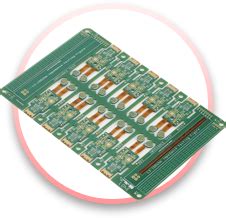
Innovations In Flex PCB Technology For Modern Keyboards
In recent years, the evolution of keyboard technology has been significantly influenced by advancements in flexible printed circuit board (PCB) technology. Flex PCBs, known for their adaptability and durability, have become a cornerstone in the design and manufacturing of modern keyboards. This innovation has not only enhanced the functionality and aesthetics of keyboards but has also opened new avenues for customization and user experience.
To begin with, the primary advantage of flex PCBs in keyboard design is their inherent flexibility.
Unlike traditional rigid PCBs, flex PCBs can be bent, folded, and twisted without damaging the circuitry. This flexibility allows for more compact and lightweight keyboard designs, which are particularly beneficial for portable devices such as laptops and tablets. As a result, manufacturers can create sleeker and more ergonomic keyboards that cater to the growing demand for mobile computing solutions.
Moreover, the use of flex PCBs in keyboards contributes to improved durability and reliability.
The flexible nature of these circuits reduces the risk of breakage and wear over time, which is a common issue with rigid PCBs. This durability is especially important in keyboards, which are subject to frequent and repetitive use. By incorporating flex PCBs, manufacturers can ensure that their keyboards maintain optimal performance over extended periods, thereby enhancing the overall lifespan of the product.
In addition to durability, flex PCBs offer significant advantages in terms of design versatility.
The ability to conform to various shapes and sizes allows designers to experiment with innovative keyboard layouts and features. For instance, flex PCBs enable the integration of backlighting and other advanced features without compromising the keyboard’s form factor. This capability is particularly appealing in the gaming industry, where customizable lighting and unique key configurations are highly sought after by consumers.
Furthermore, the integration of flex PCBs in keyboards facilitates easier assembly and maintenance.
The reduced number of components and connections in a flex PCB design simplifies the manufacturing process, leading to cost savings and increased production efficiency. Additionally, the streamlined design makes it easier to diagnose and repair any issues that may arise, thus reducing downtime and maintenance costs for end-users.
Another noteworthy aspect of flex PCB technology is its contribution to environmental sustainability.
The materials used in flex PCBs are often more eco-friendly compared to those in traditional PCBs. Additionally, the reduced weight and size of flex PCBs contribute to lower energy consumption during transportation and manufacturing. As environmental concerns continue to influence consumer choices, the adoption of flex PCBs in keyboards aligns with the growing demand for sustainable technology solutions.
In conclusion, the innovations in flex PCB technology have revolutionized the design and functionality of modern keyboards. By offering flexibility, durability, and design versatility, flex PCBs have enabled manufacturers to create keyboards that meet the diverse needs of today’s consumers. As technology continues to advance, it is likely that flex PCBs will play an even more integral role in the development of next-generation keyboards, further enhancing user experience and setting new standards in the industry. The ongoing exploration of flex PCB applications promises to yield exciting developments, ensuring that keyboards remain at the forefront of technological innovation.
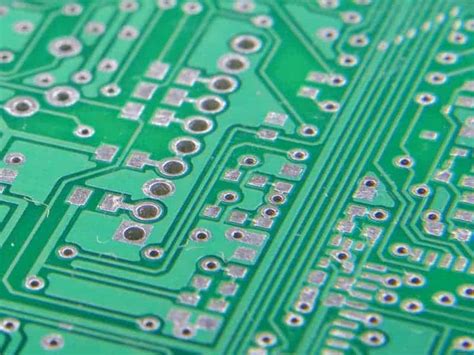
Designing Custom Keyboards With Flex PCB: A Step-By-Step Guide
Designing custom keyboards has become an increasingly popular endeavor among tech enthusiasts and hobbyists alike. One of the most innovative advancements in this field is the use of flexible printed circuit boards (PCBs), which offer a range of benefits over traditional rigid PCBs. Flex PCBs provide enhanced design flexibility, allowing for more compact and ergonomic keyboard layouts. This guide will walk you through the process of designing a custom keyboard using flex PCBs, highlighting key considerations and steps to ensure a successful project.
To begin with, it is essential to understand the unique properties of flex PCBs.
Unlike their rigid counterparts, flex PCBs are made from flexible materials such as polyimide, which allows them to bend and conform to various shapes. This flexibility is particularly advantageous in keyboard design, as it enables the creation of more ergonomic and space-efficient layouts. Additionally, flex PCBs are lighter and more durable, making them ideal for portable keyboard designs.
The first step in designing a custom keyboard with a flex PCB is to conceptualize the layout.
Consider the number of keys, their arrangement, and any additional features you wish to include, such as backlighting or programmable keys. It is crucial to ensure that the layout is both functional and comfortable for the intended user. Once you have a clear idea of the layout, you can begin designing the circuit. This involves creating a schematic that outlines the electrical connections between the keys and other components.
Next, you will need to translate the schematic into a PCB design.
This process involves using specialized software to create a digital representation of the circuit, which can then be used to manufacture the flex PCB. When designing the PCB, it is important to consider factors such as trace width, spacing, and the placement of components to ensure optimal performance and reliability. Additionally, take advantage of the flexibility offered by flex PCBs by incorporating curves and bends into the design, which can help reduce the overall size of the keyboard.
Once the PCB design is complete, it is time to move on to the manufacturing stage.
This typically involves sending the design files to a PCB manufacturer, who will produce the flex PCB according to your specifications. It is important to choose a reputable manufacturer with experience in producing flex PCBs to ensure high-quality results. During this stage, you may also need to source additional components, such as switches, keycaps, and microcontrollers, which will be assembled onto the PCB.
After receiving the manufactured flex PCB and components, the next step is assembly.
This involves soldering the switches and other components onto the PCB, taking care to ensure proper alignment and connection. It is advisable to test the keyboard at this stage to verify that all keys and features are functioning correctly. Any issues can often be resolved by checking the solder joints and connections.
Finally, once the assembly is complete and the keyboard is functioning as intended, you can focus on the finishing touches. This may include designing and fabricating a custom case to house the keyboard, as well as programming any additional features or customizations. By following these steps and paying attention to detail, you can successfully design and build a custom keyboard using flex PCBs, resulting in a unique and personalized device that meets your specific needs and preferences.




